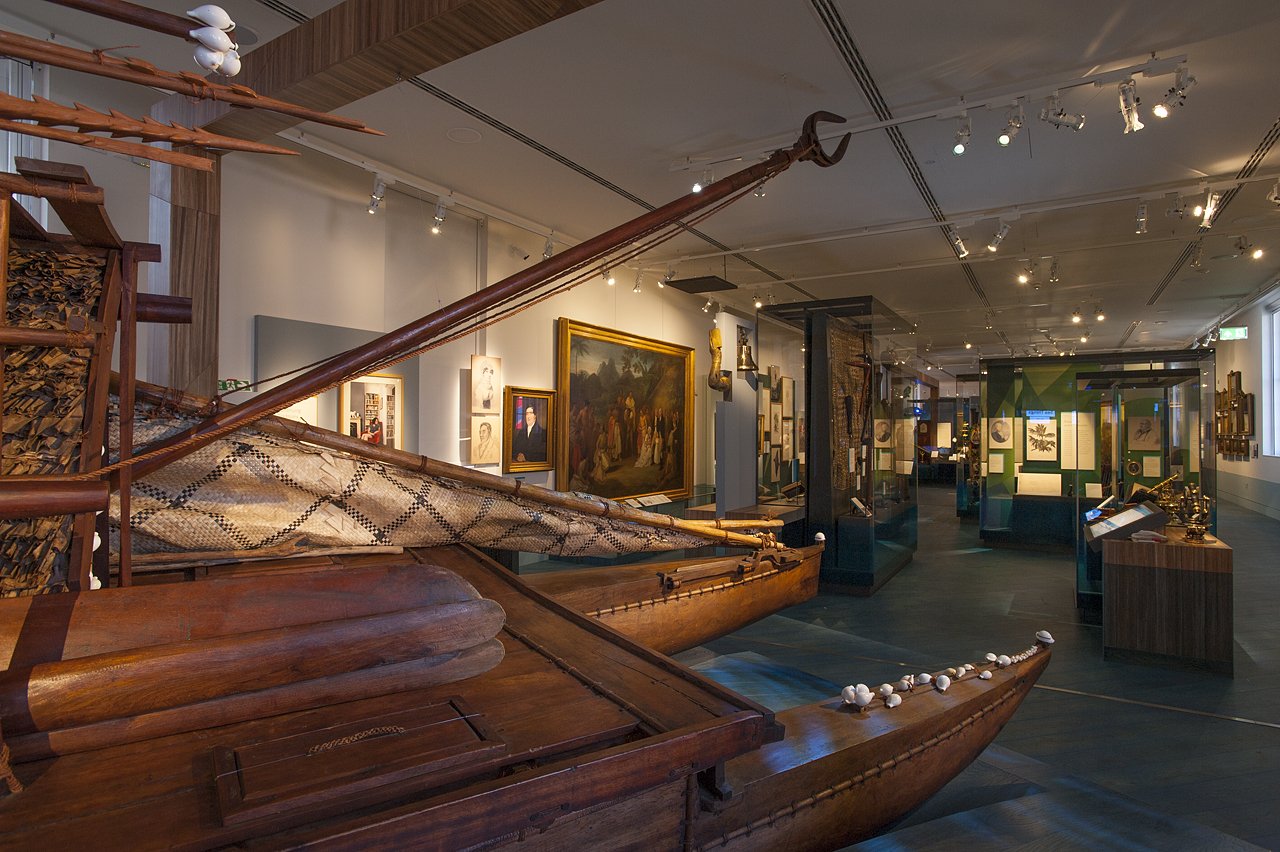SUM504G – Cultural Treasures of London: A Journey Through Time 2024
Section outline
-
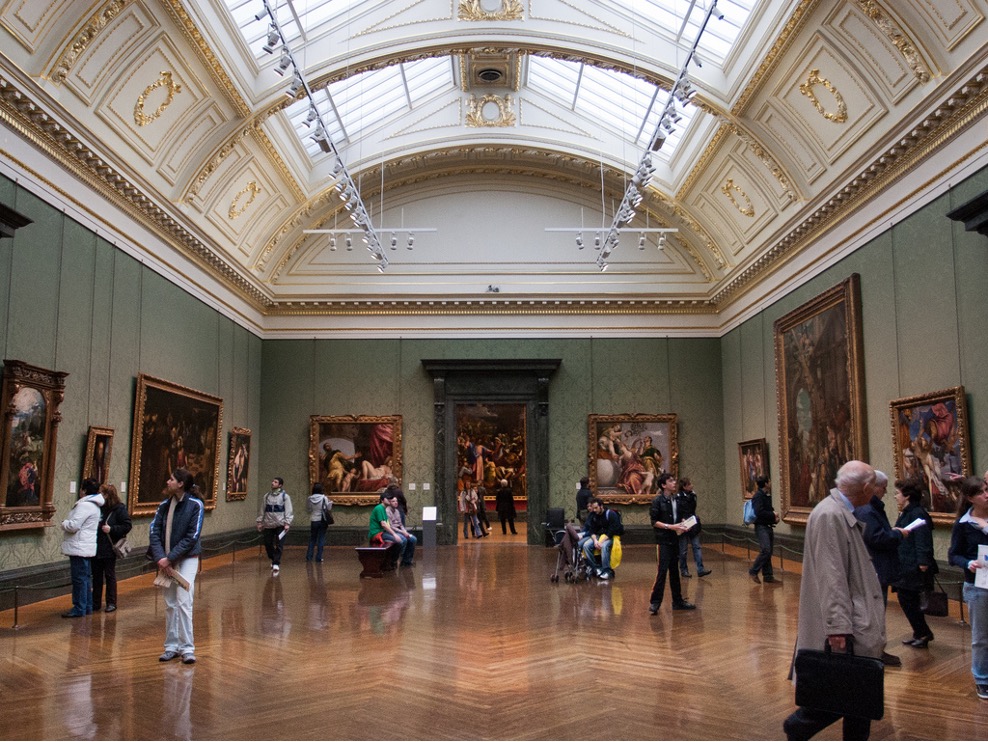
Meeting point: QMUL Mile End Campus, Grad Centre 103
-
22.3 MB
-

Meeting Point:
Morning Session, 10AM Grad Centre 103
Afternoon session, 1PM in front of the Sainsbury Wing, National Gallery (closest Tube stop: Charing Cross or Embankment). If you're facing the facade of the building in the picture above, with Trafalgar Square behind you, the Sainsbury Wing is to your left, under scaffolding.
-

Meeting Point:
Morning Session 10AM: Grad Centre 103
Afternoon Session 1PM: Outside entrance to the Treasures Gallery, Natural History Museum (closest Tube: South Kensington). The Treasures display (Cadogan Gallery) is at the top of the main staircase in the entrance hall. Go up the lefthand staircase to find one of two entrances to Treasures. We'll meet by benches at that entrance, next to the skeleton of a giant moa bird.
Download the museum floor plan here (Treasures is in the Green Zone, designated by a dodo skeleton):
https://www.nhm.ac.uk/content/dam/nhmwww/visit/map/Museum-map.pdf
-
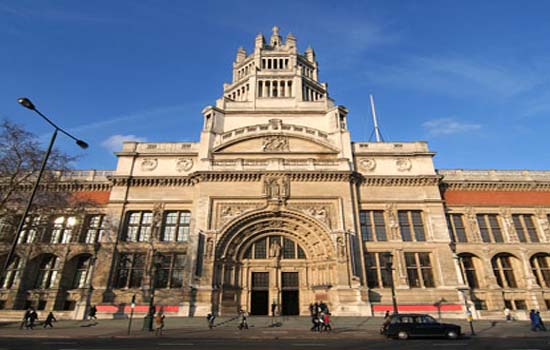
Meeting Point:
Morning Session: V&A Museum (the closest tube stop is South Kensington), Room 74 on Level 2, at the entrance to the Design 1900–Now display (enter the museum from the main entrance on Cromwell Road, walk through the main shop until you reach the long sculpture gallery; turn left and walk as far as you can until you reach the stairs. Go up the stairs to Level 2. The entrance to the display is right there.). See the V&A's floor plan below, and if you are in any doubt about where to go, please ask a member of staff or visit the information desk at the main entrance:
https://www.vam.ac.uk/features/digitalmap/?highlightId=FAC0000_49720&floor=2
Afternoon session: V&A Cast Courts (Level 0, Room 46A [see above linked map])
-
Download PDF from this page.
-
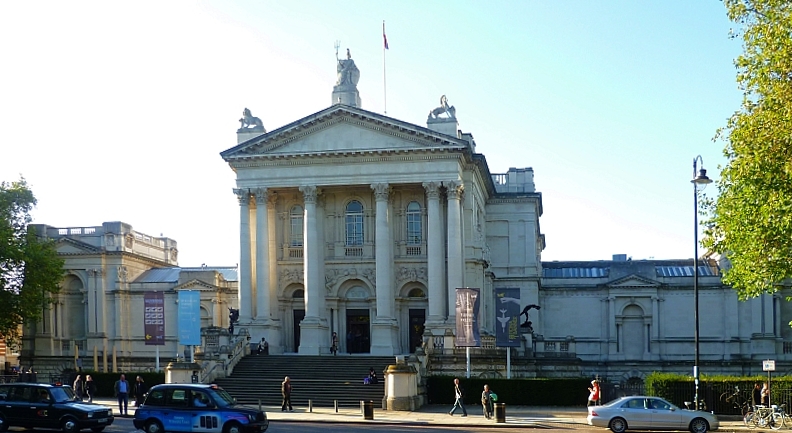
Meeting Point:
Morning Session: Grad Centre 103
Afternoon Session: Tate Britain (please bring all your belongings, lunch, umbrella, etc. so that we can travel together). If you get separated from us, the closest Tube stop is Pimlico (take the District Line to Victoria, switch to the Victoria Line southbound to Pimlico). Meet in Room 5: "Troubled Glamour." See the Tate Britain floor plan here:
https://media.tate.org.uk/aztate-prd-ew-dg-wgtail-st1-ctr-data/galleries/TB_map.pdf
-
Sign in to the Lexus database with your QM account. Click "academic sign in," log in with your QM account, and then try clicking this link again.
-
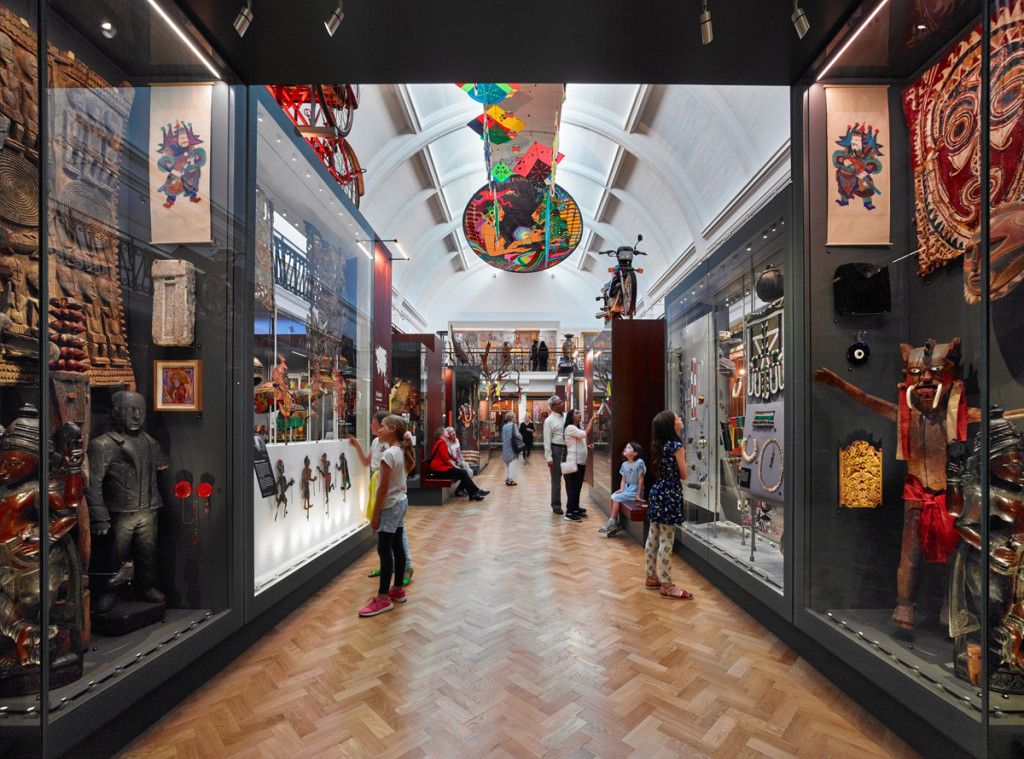
Meeting Point:
Morning and Afternoon sessions: Music Gallery Performance Space (a room inside the Music Gallery, on the lower level) of the Horniman Museum in Forest Hill, South London. To get to Forest Hill from QM, take the District Line to Whitechapel, then take the Overground southbound from Whitechapel to Forest Hill. Make sure to get on an Overground train that goes via Forest Hill, as not all of them do! (Please note that I was wrong yesterday—when you get off the Overground at Forest Hill, if you are coming from QM, you DO need to cross over via the bridge and exit via the opposite northbound side.) The museum is a 10 minute walk from the station. Be sure to check Google Maps or the Citymapper app for train times and walking directions before you leave.
-
Log in through your QMUL account for access.
-
You may be prompted to create a free account with the Art Newspaper to read the article.
-
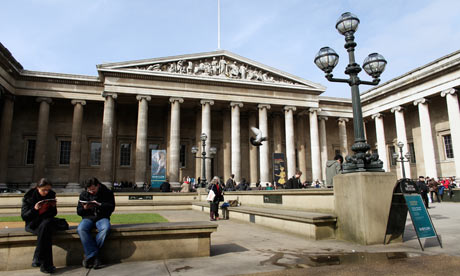
Meeting Point:
Morning and Afternoon Sessions: Will take place at the British Museum. At 10am, meet at the Benin Bronzes in Room 25, Masterpieces of African Art (take the Central Line from Mile End to Tottenham Court Road and walk 8 minutes to the museum). To find Room 25, go down the stairs in Room 24 (“Living and Dying: The Wellcome Trust Gallery”). Once in Room 25, follow the floorplans on the introductory signs towards the Brasscasting display on the west side of the room or ask for directions. You can also look at the floor plan here (the Benin Bronzes are marked with a yellow L on page 3):
https://www.britishmuseum.org/sites/default/files/2024-01/British-Museum-map-January-2024.pdf
-

Meeting Point:
Morning Session: On the QMUL campus, Arts One 1.25
Afternoon session: Tate Modern (take the District Line to Blackfriars). Go to the "Artist and Society" permanent display on Level 2 of the Natalie Bell Building and meet in Room 2 (this room is also called "A View from Sao Paolo: Abstraction and Society"). The meeting point is on the fourth page of this floor plan:
https://media.tate.org.uk/aztate-prd-ew-dg-wgtail-st1-ctr-data/galleries/TM_map.pdf
-
Log in through your QMUL account for access.
-
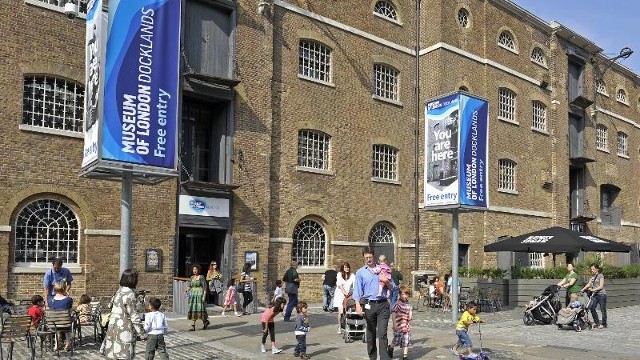
Meeting Point:
Morning and afternoon sessions: Quayside Room, Museum of London Docklands. Meet just inside the entrance where someone will show us to the Quayside Room. If you are late, ask for directions to the Quayside Room at the information desk. The nearest DLR stop is West India Quay; nearest Tube stop is Canary Wharf. [Please note: Make sure you go to the correct Museum of London! This one is located in the Docklands, East London, near Canary Wharf.]
-
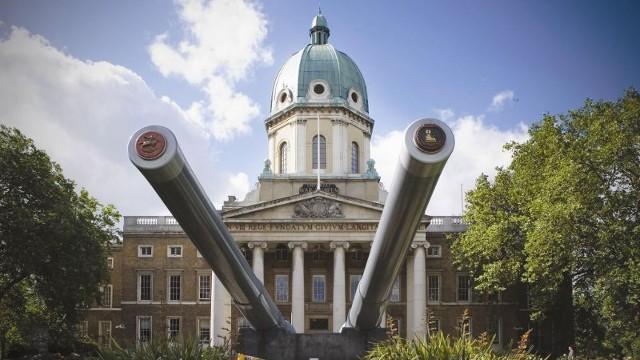
Meeting Point:
Morning and Afternoon Sessions: The Imperial War Museum (nearest Tube: Elephant & Castle). In the morning, meet at the entrance to the “Witnesses to War” display on the first floor. When you enter the museum from the main front entrance, there is a bookshop to your right. Walk through the bookshop to the exit at the opposite end. Meet just outside the bookshop exit, near the sign for the “Witnesses to War” display.
-
Log in through your QMUL account for access.
-
Log in through your QMUL account for access.
-
Meeting Point:
Morning and afternoon sessions: The ReThink space in the Sammy Ofer Wing of the National Maritime Museum (nearest DLR station is Cutty Sark; nearest rail stations are Maze Hill or Greenwich). Enter the museum via the Parkside entrance inside Greenwich Park, near the ship in the bottle sculpture. Ask for directions to ReThink from a member of staff at the entrance. It's just behind the info desk, to the left.
-
-
Here is a link to the Chicago Manual of Style's Quick Guide for their Notes and Bibliography Style.
The free online guide only provides access to part of the full Chicago Manual and does not provide an example of how to cite museum wall text or caption artworks. Here are examples of how you may cite these in Chicago Style:
Wall Text:
Format of information (wall text, object label, brochure), Gallery/Room Name, Number or Exhibition Title, Museum Name, City, State.Example for Wall Text Footnote:
Wall text, Britain becomes a World Power, National Portrait Gallery, London.Example for Wall Text Bibliography:
Wall text. Britain becomes a World Power. National Portrait Gallery, London.Figure Caption for Artworks:
Figure Number: Artist, Title, date. Medium, measurements. Museum Name, City.Example for Artwork Caption:
Figure 1: Joseph Mallord William Turner, The Fighting Temeraire, 1839. Oil on canvas, 90.7 x 121.6 cm. National Gallery, London.
-
-
Opened: Monday, 24 June 2024, 12:00 AMDue: Monday, 22 July 2024, 10:00 AM
-
Opened: Thursday, 27 June 2024, 12:00 AMDue: Thursday, 18 July 2024, 12:00 AM
-
-
(Please note that this sample was written for the 3000-word version of this assessment.)
3.1 MB -
(Please note that this sample was written for the 3000-word version of this assessment.)
3.7 MB -
(Please note that this sample was written for the 3000-word version of this assessment.)
5.5 MB
